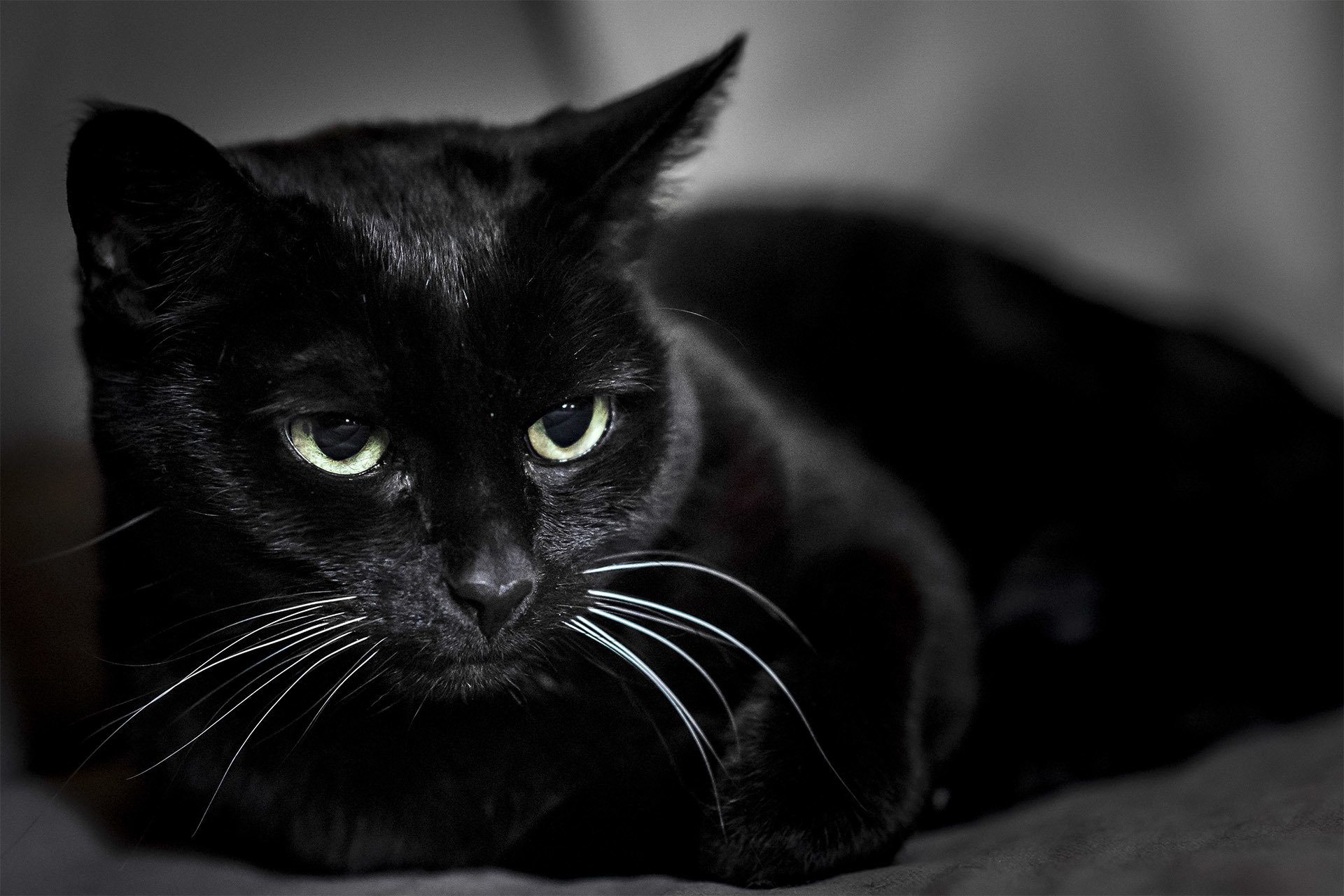
when Horror Yearbook – Black Cat Mystery continues to spark curiosity and fear in cultures where superstition still plays a major role. This eerie belief suggests that if a black cat steps over a corpse, the dead may rise again. The legend, often passed down through generations, thrives in rural communities and traditional households. From ghost stories to ancient burial rituals, this myth remains alive in conversations about the supernatural. People across different countries have developed versions of this tale, often adding personal experiences or family anecdotes. While skeptics dismiss the story as fantasy, believers argue that certain events defy explanation. Cemeteries, funerals, and even morgues are sometimes said to follow customs that prevent animals like cats from crossing the dead. Though no scientific proof supports the idea, the myth refuses to fade. Curiosity, fear, and mystery continue to fuel its survival in modern times.
The Black Cat Mystery has deep cultural roots that stretch far beyond a single region or belief system. In some Eastern traditions, black cats were once seen as sacred protectors of the afterlife. In others, they symbolized misfortune or even witchcraft. The idea that they could influence life after death gave rise to bizarre stories and strict funeral practices. In old village communities, people would guard the deceased with fire or cloth to prevent animals from coming near. Some believed a soul might become restless if disturbed by an animal crossing its path. The Black Cat Mystery fed into wider fears about the spirit world and what happens after death. Even in modern urban areas, there are reports of people avoiding black cats during funerals or cremations. These practices are fueled more by fear than logic, but they show how superstition shapes behavior in subtle ways.
“Read about: Scientists Just Found a Real-Life Chimera, And It’s Not What You Think!”
Most scientists do not support the idea behind the Black Cat Mystery. Experts in animal behavior argue that cats cannot influence the physical state of a corpse in any way. The belief, they say, is more psychological than factual. People tend to connect unrelated events to form explanations, especially when emotions are strong. During times of grief or loss, the mind seeks meaning in every little detail. If a cat is seen near a corpse, the imagination may link it to unexplained sounds or movements. Medical professionals explain that twitching or sounds from dead bodies can happen naturally due to muscle reactions. These reactions are often misunderstood and blamed on outside forces. Skepticism toward the myth remains high among scientists, but researchers still find the belief interesting as a reflection of human fear and imagination.
Movies, books, and games have kept the Black Cat Mystery alive in popular culture. Horror films often use black cats as a symbol of warning or bad luck. Writers of supernatural fiction include scenes where animals behave strangely around the dead. These portrayals reinforce the myth and pass it on to new audiences. In folklore collections, black cats appear alongside witches, graveyards, and dark omens. Some cartoons even show cats reviving the dead with a simple paw swipe. While these stories are fictional, they shape how people view real cats in everyday life. In social media, videos of black cats near graveyards often go viral with spooky music and captions. This mixture of entertainment and folklore keeps the legend alive, especially among younger generations. As long as stories are told, the Black Cat Mystery will likely survive.
The Black Cat Mystery is not just a ghost story, it affects how people act and feel. Fear of the unknown makes the myth believable in the right setting. For example, someone attending a funeral may feel anxious if they see a black cat nearby. That fear can stay long after the event, shaping memory and behavior. Children raised with the story may avoid black cats altogether. Superstition can also affect how people treat animals. In some cases, black cats are harmed or abandoned due to myths like this. Animal shelters report that black cats are adopted less often than others. The fear may be irrational, but it creates real-world effects. Understanding the psychological roots of the Black Cat Mystery helps explain why it continues. People want control over death, and myths offer a sense of structure in a chaotic world.